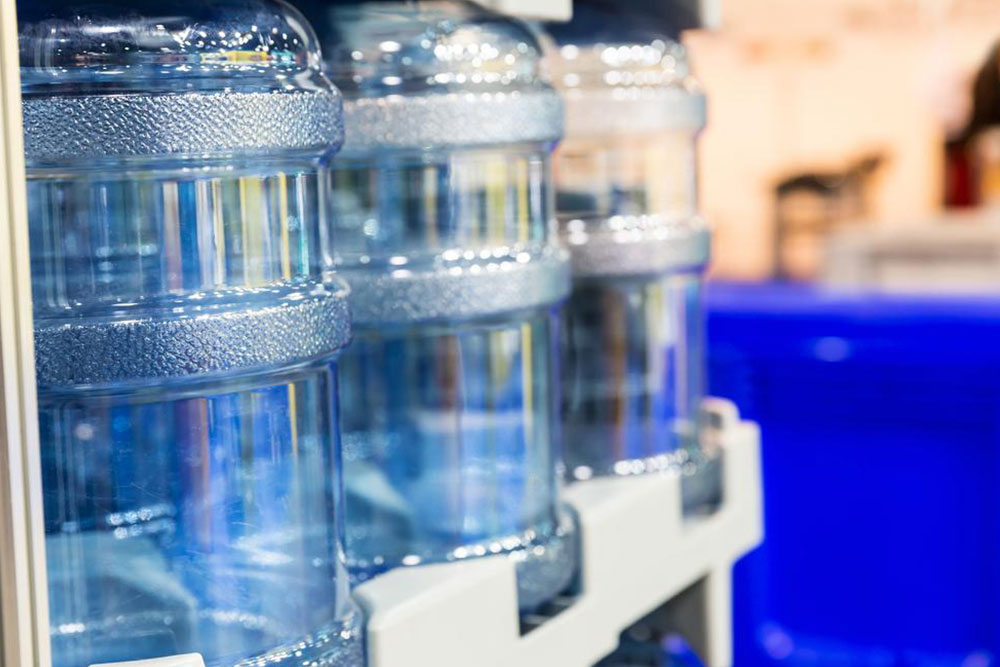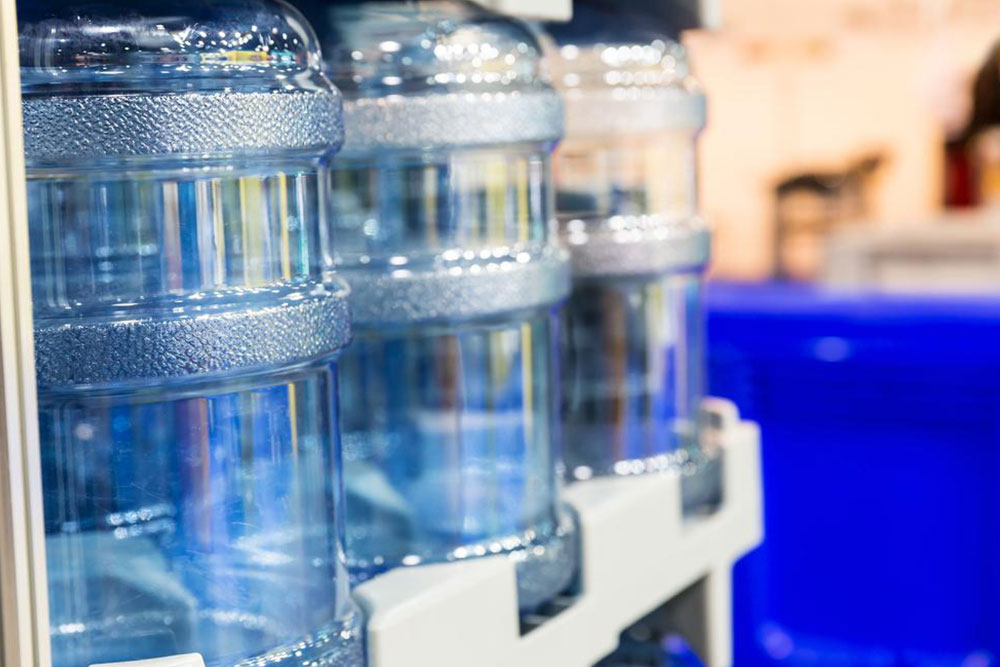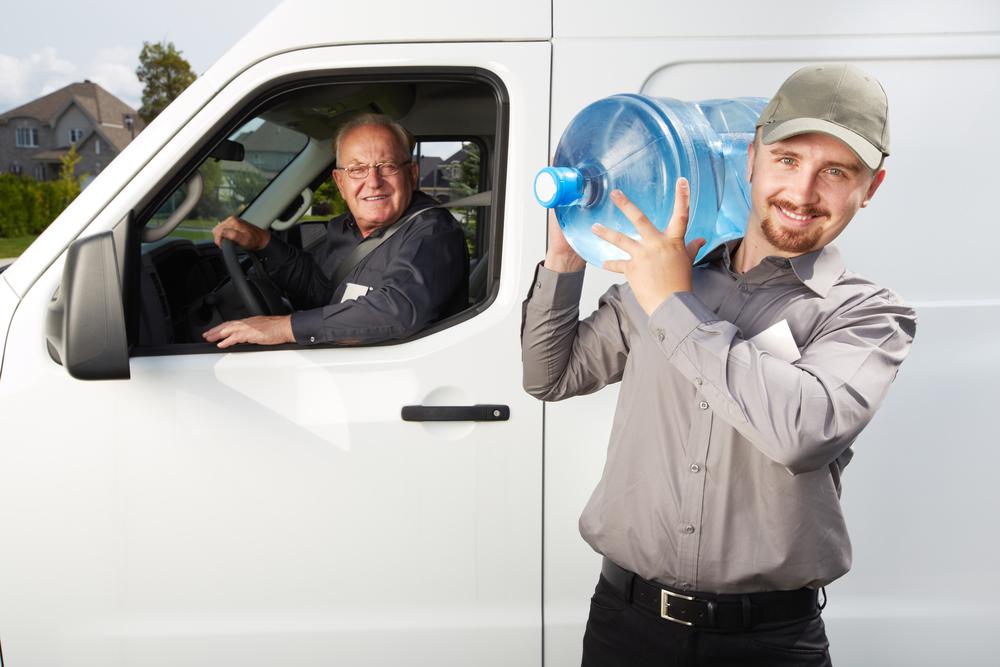Innovative Solutions to Combat Global Water Scarcity and Improve Water Delivery Efficiency
Water scarcity poses a critical global challenge impacting health, agriculture, and ecosystems. This article explores innovative water delivery technologies, including specially designed tankers with temperature control and durable coatings, aimed at enhancing the efficiency and safety of transporting clean water. Emphasizing the importance of technological advancements, strategic planning, and collaborative efforts, it discusses how these solutions can help alleviate shortages, improve resilience, and promote sustainability worldwide. Strategic investments and policy support are highlighted as key components for building a future where access to safe water is universally secured.

Addressing the Global Water Crisis with Advanced Delivery Technologies
Water scarcity has become one of the most pressing environmental challenges faced by countries across the globe, affecting both developed and developing nations. As populations grow and climate change accelerates, fresh water resources are depleting at an alarming rate, making sustainable water management more critical than ever. This crisis poses serious threats to human health, agriculture, industry, and ecosystems, urging governments, organizations, and communities to find effective and innovative solutions to ensure equitable water distribution.
The core of tackling this crisis lies in enhancing water delivery systems—developing efficient, reliable, and safe methods to transport water from sources to areas in dire need. Traditional methods are often insufficient in meeting the increasing demand, particularly in regions where infrastructure is limited, or natural sources are scarce or contaminated. Therefore, investment in modern water transportation infrastructure plays a vital role in filling this gap, promoting resilience and sustainability.
One of the most promising approaches involves the deployment of specially designed water tankers and transport vessels that are engineered to optimize safety and efficiency. These tankers, constructed with advanced materials and technology, are capable of transporting large quantities of water across long distances while maintaining strict hygiene standards. Factors such as temperature regulation, specialized coatings resistant to corrosion, and high-quality pipelines ensure that water quality remains uncompromised during transit.
For instance, temperature control systems are critical, particularly when transporting drinking water or sensitive sources that require preservation of specific conditions to prevent bacterial growth or spoilage. Tanker coatings not only protect the vessel's interior but also prevent contamination and corrosion, which could otherwise compromise water safety. Additionally, pipeline quality directly influences flow rates and minimizes leakage or wastage during delivery.
Beyond the technical aspects, effective water delivery strategies also involve logistical planning and community engagement. Governments and organizations are investing in advanced monitoring systems that track water quality and delivery efficiency in real-time, enabling prompt responses to any issues that arise during transit. Moreover, establishing decentralized water treatment plants at strategic locations can supplement large-scale transportation efforts, reducing the load on transportation infrastructure and ensuring localized access to clean water.
In regions severely affected by drought or where natural water sources are contaminated or overused, these innovative delivery methods provide a lifeline. They enable the transport of clean water from abundant sources—such as lakes, rivers, or desalination plants—to areas lacking adequate supply. This approach not only alleviates immediate shortages but also helps build resilience against future climate-induced water crises.
Furthermore, collaborations between public authorities and private sector entities are crucial in scaling these solutions. Private companies bring expertise in logistics, engineering, and technology innovation, while governments facilitate policy support and infrastructure development. Funding and investment in research are essential to develop new materials, improve existing delivery systems, and implement smart monitoring technologies that can predict and prevent supply disruptions.
Addressing water scarcity through efficient delivery solutions aligns with global sustainability goals, such as those outlined by the United Nations Sustainable Development Goals (SDGs). Ensuring universal access to safe, affordable drinking water by 2030 requires integrative efforts combining technological innovation, policy support, community participation, and environmental conservation.
In conclusion, combatting global water scarcity demands a comprehensive approach that centers around developing and deploying cutting-edge water transportation solutions. By adopting advanced tanker designs, improving management practices, and fostering collaborative efforts, we can enhance water delivery systems to meet current needs while paving the way for a more sustainable and water-secure future for generations to come.




